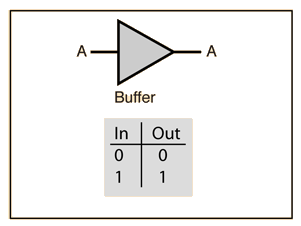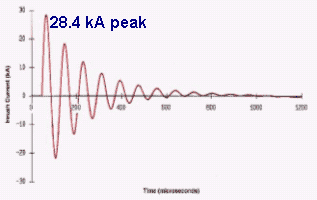• What are well tap cells, what are end cap cells and its usage
• What are the inputs to CTS
• What sanity checks are to be done in SDC file
• What is de-rating
• What is clock skewing and what is a useful skew
• how many clocks are used in your project
• what is the maximum frequency
• what is latency
• what is clock generation point, clock distribution point, clock end point
• why is the setup check in next cycle and hold checked at same time
• what is the width and spacing rules for clocks
• what are the NDR for clocks
• what are NDR and DRC checks done at each stage of project
• what is OCV, antenna violation and what are measures taken
• what is antenna ratio
• what is RC extraction and when do you do this
• if you have congestion after CTS and you are not allowed to change the placement how do you proceed
• does set up fixes cause hold issues and vice versa
• what is slack
• what happens if there is any floating pin and it is left without any care
• what is electro migration
• what is signal integrity and cross talk
• what are the preventions taken at each stage to resolve cross talk issue
• what is shielding
• what is Physical verification, formal verification
• what are the DRC checks made in project
• what is LVS what information is obtained from LVS
• what are the signoff checks and which tools are used for it
• what are the inputs to STAR RC and prime time
• what is cloning
• what happens if any of the input files are missed to IC compiler
• what is RTL , gate level differences
• What does synthesis team do?
• What are libraries needed for tool, what is difference between logic and physical library
• What is a UPF file, is it used in your project
• What ae filler cells
• What are ECOs , how many Eco are implemented
• What ae the DRC fixed
• What is low power design
• What is clock and power gating



